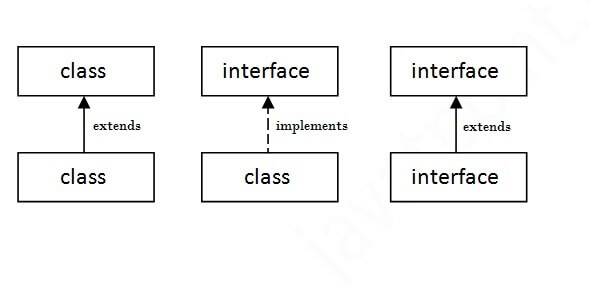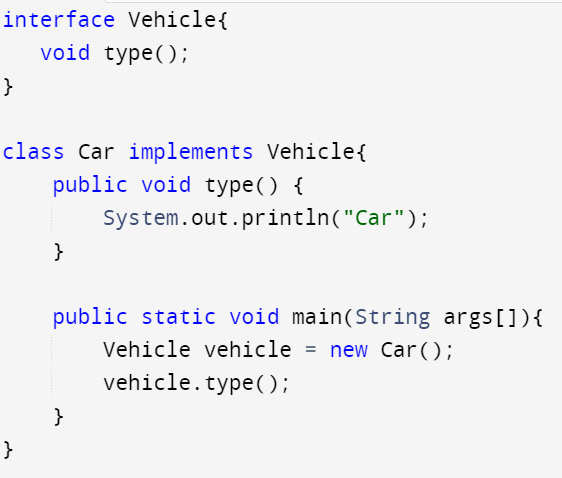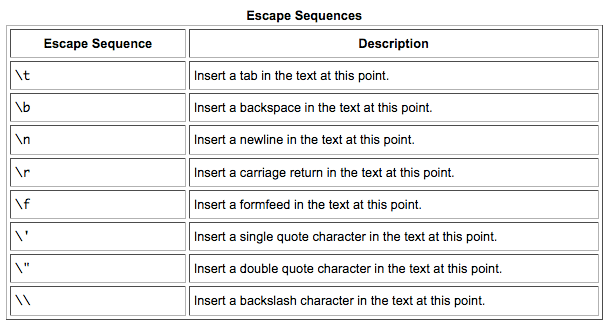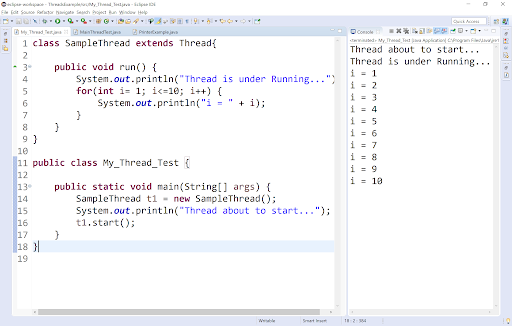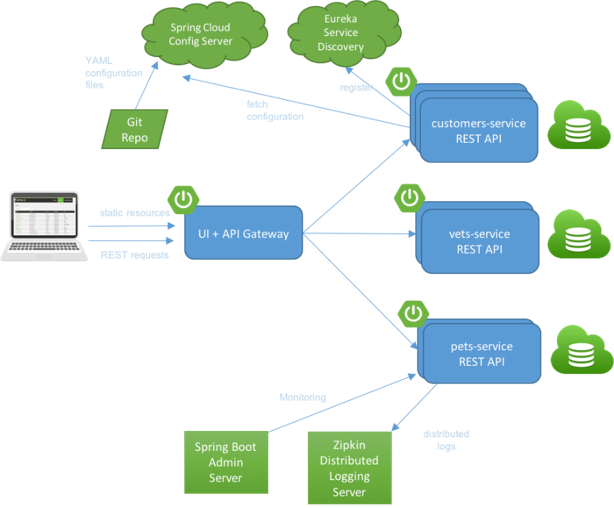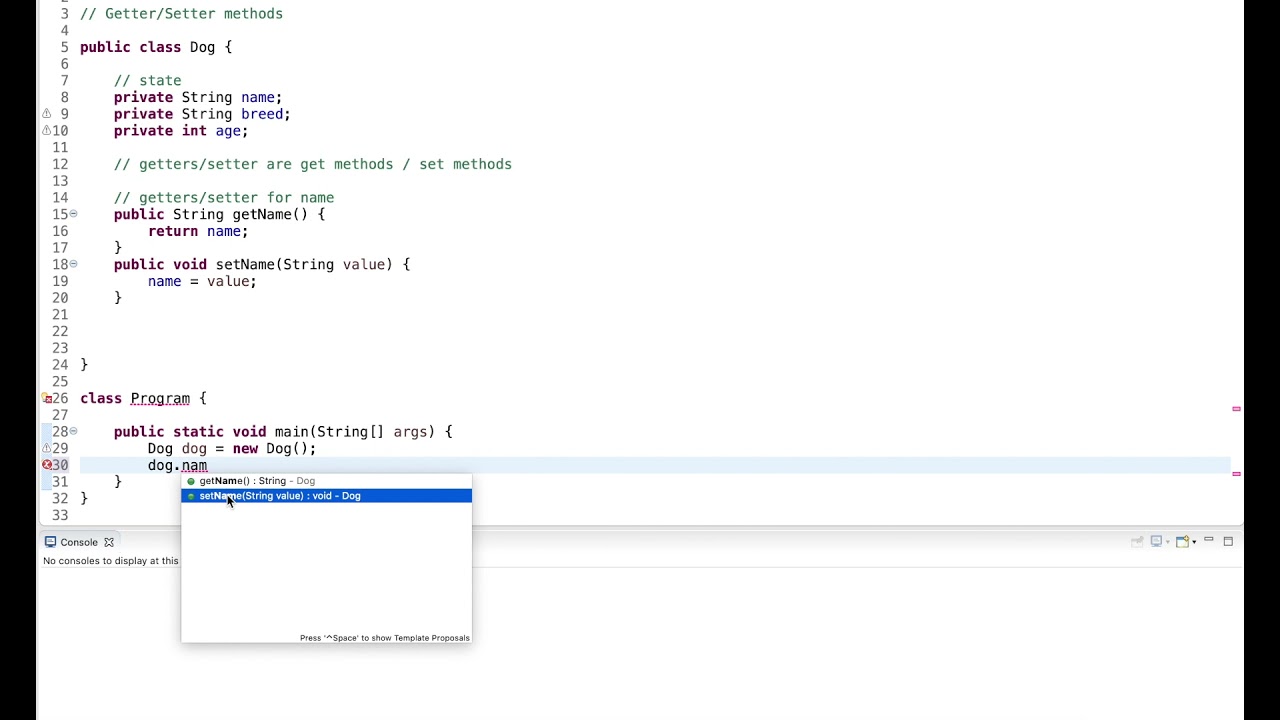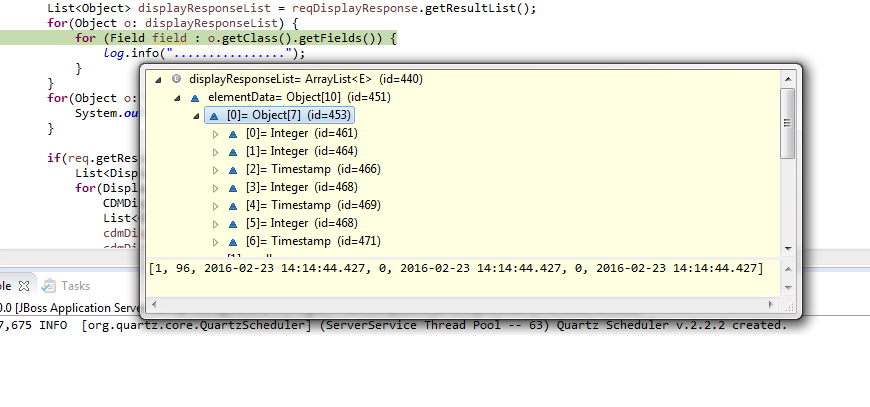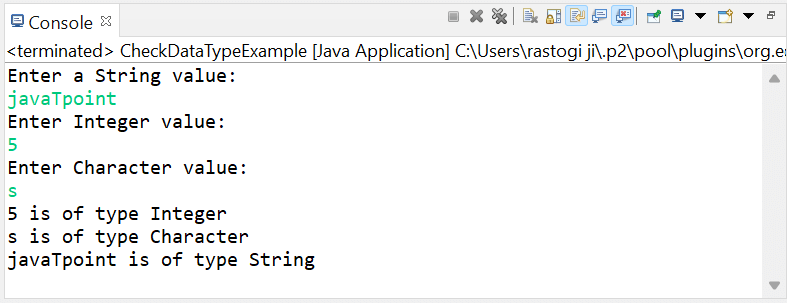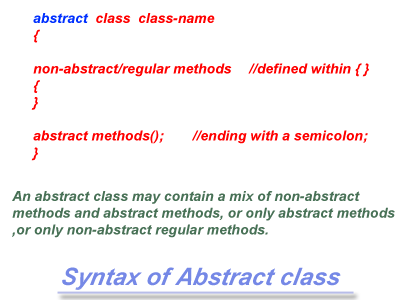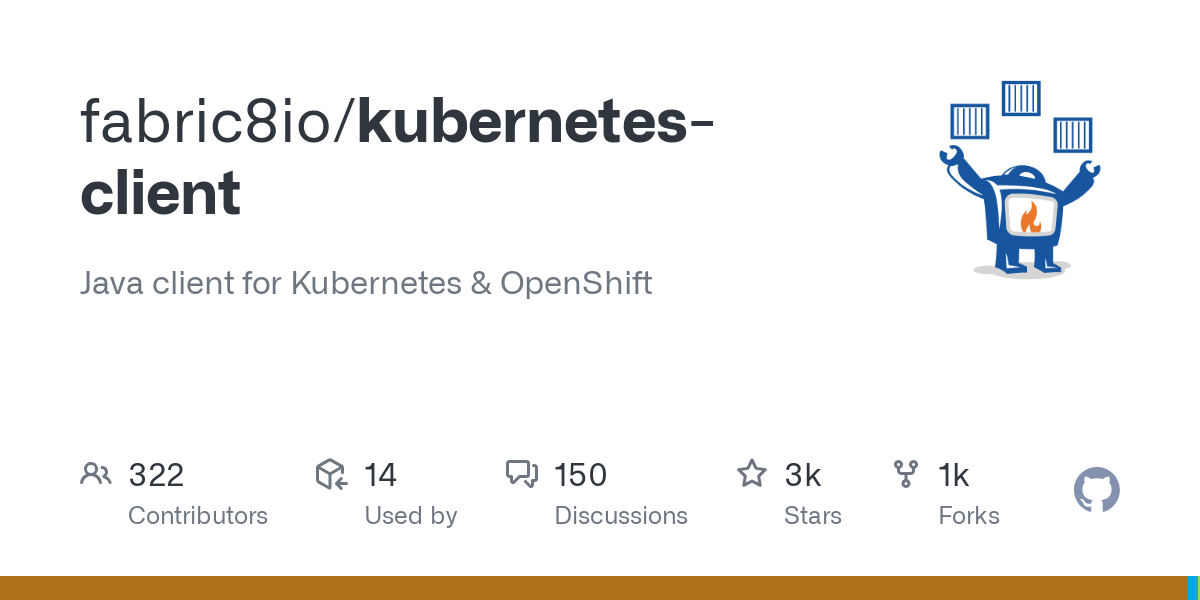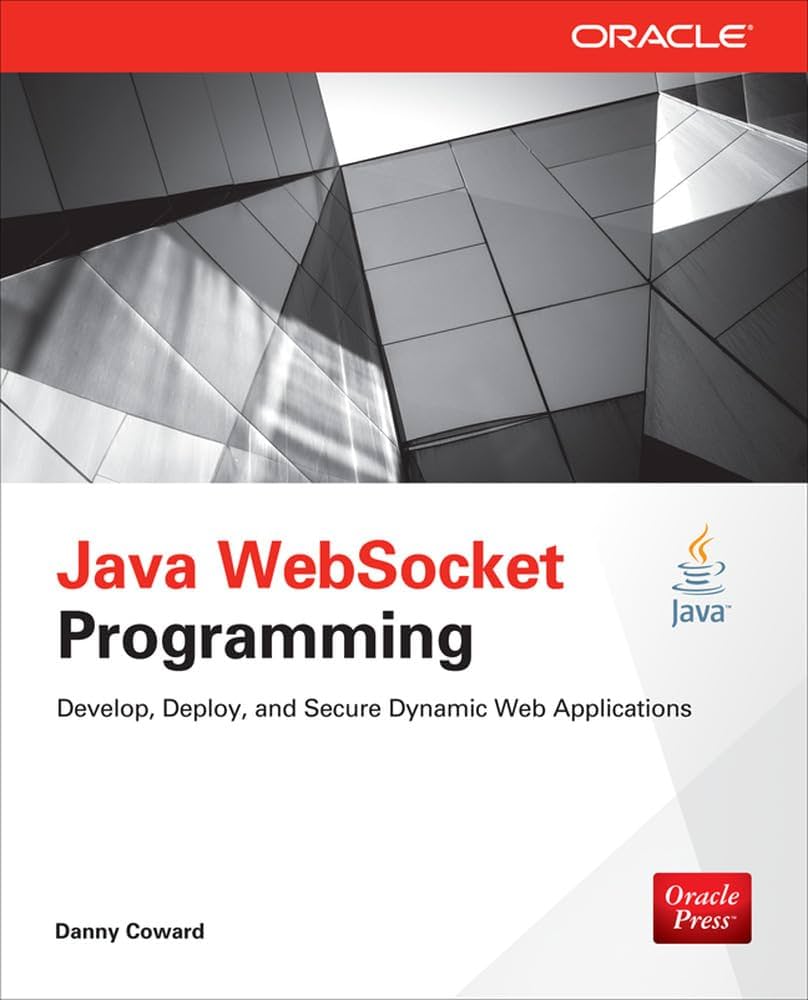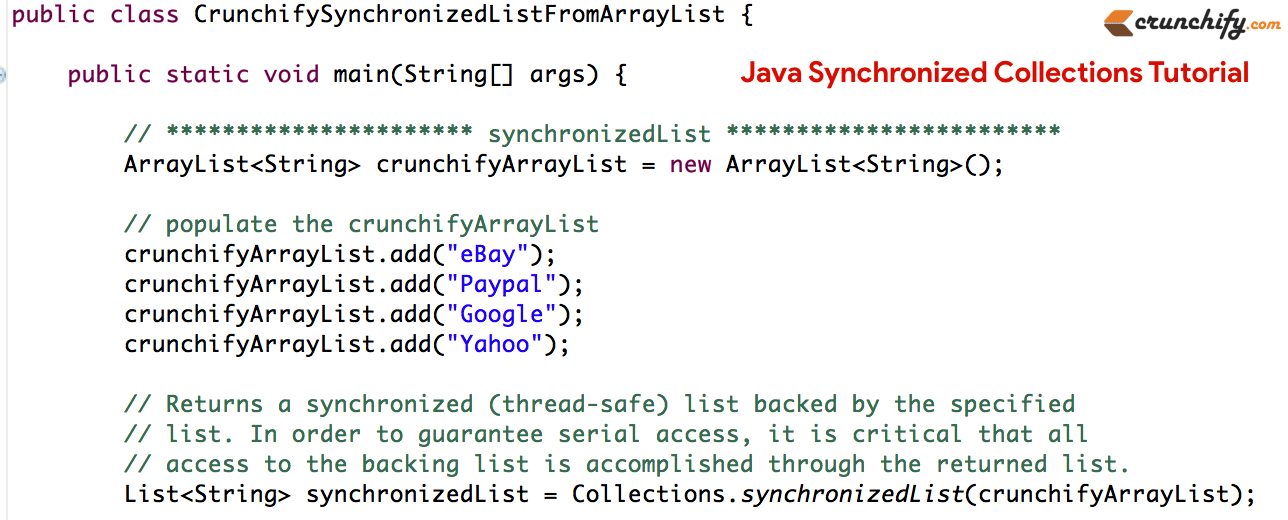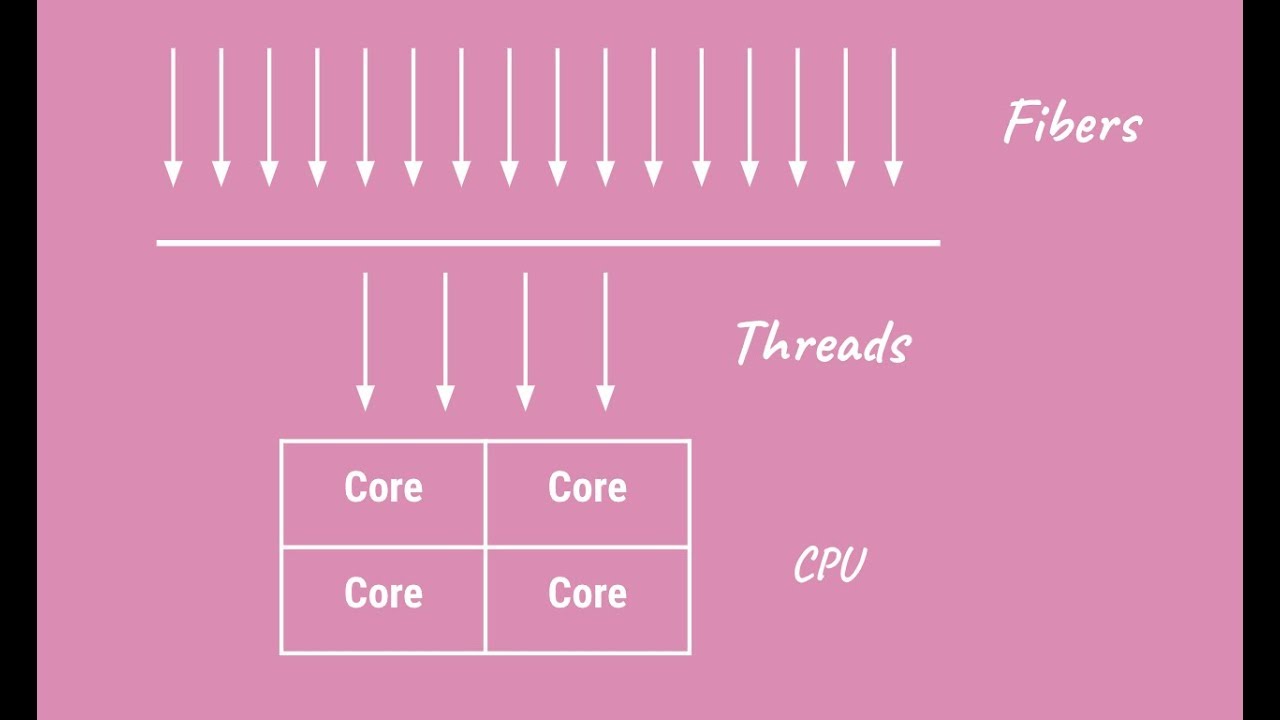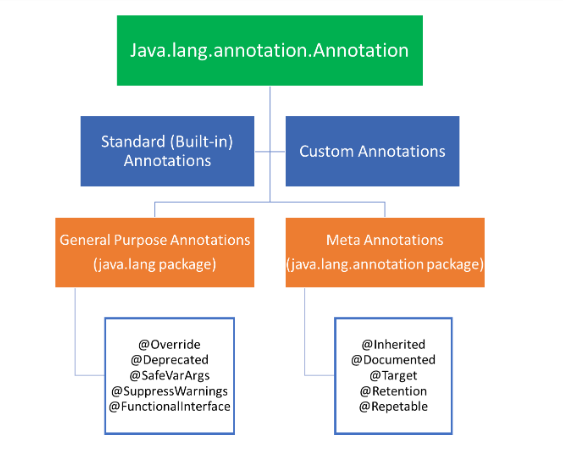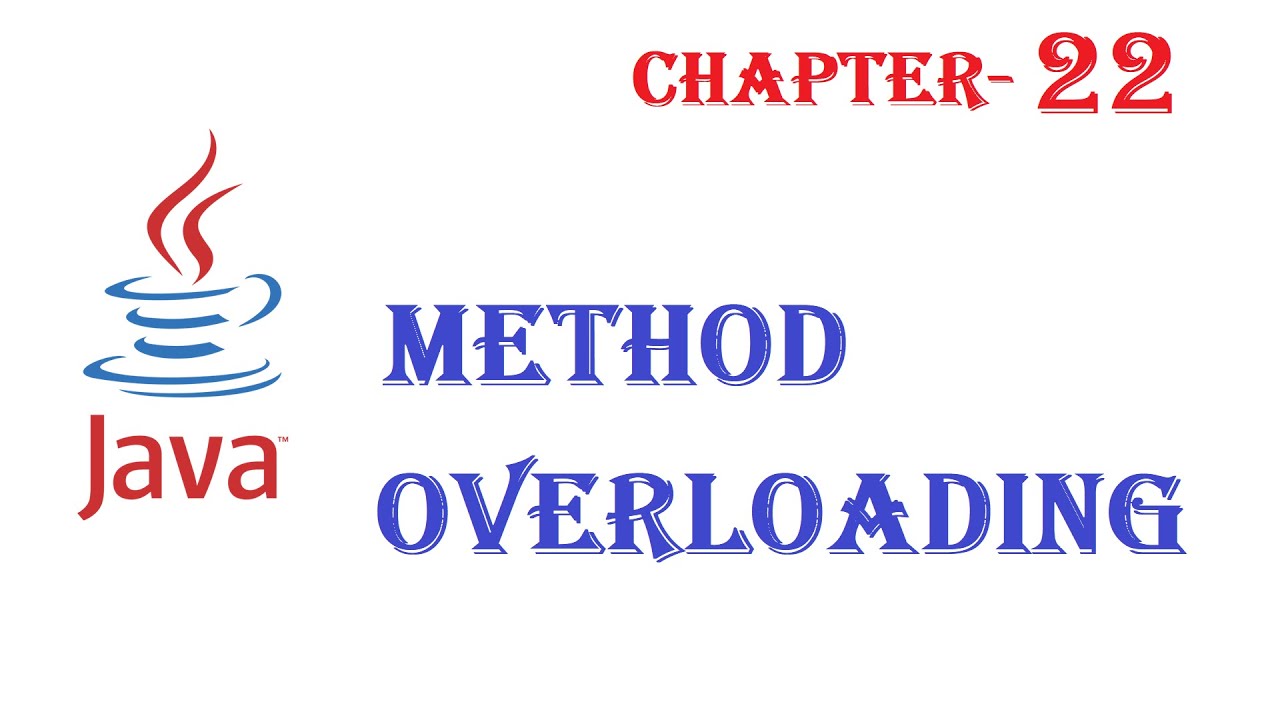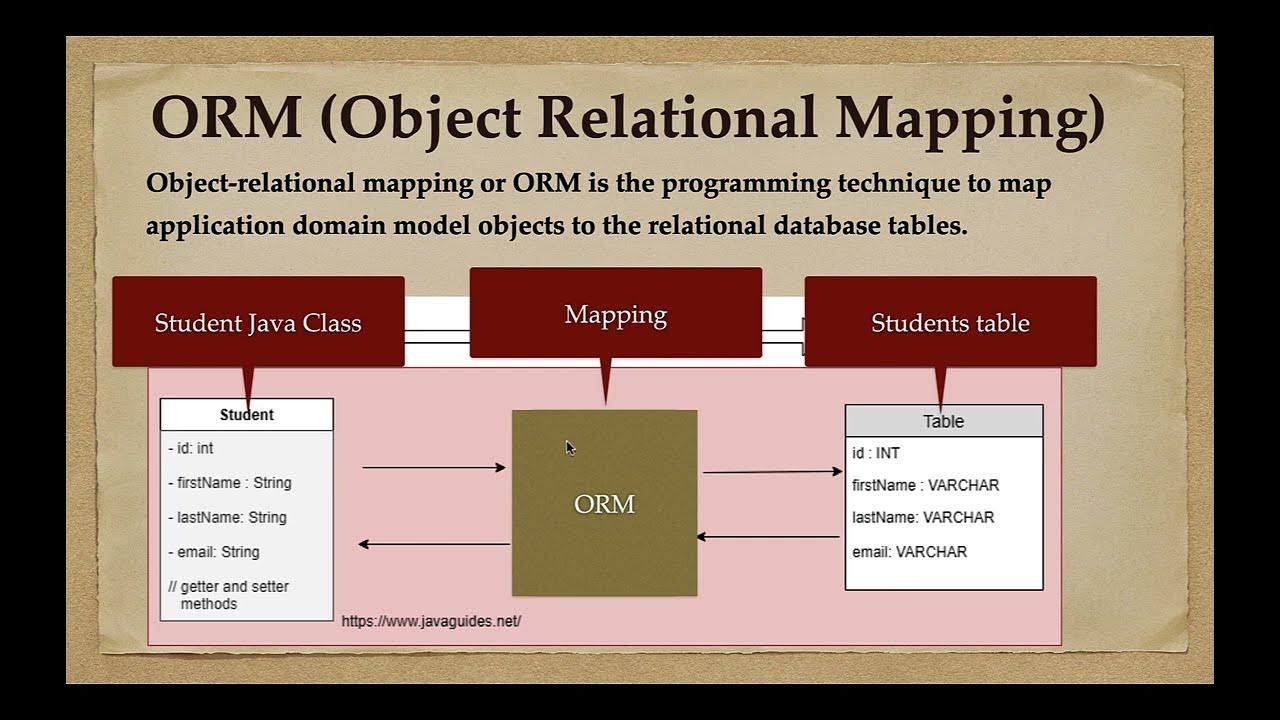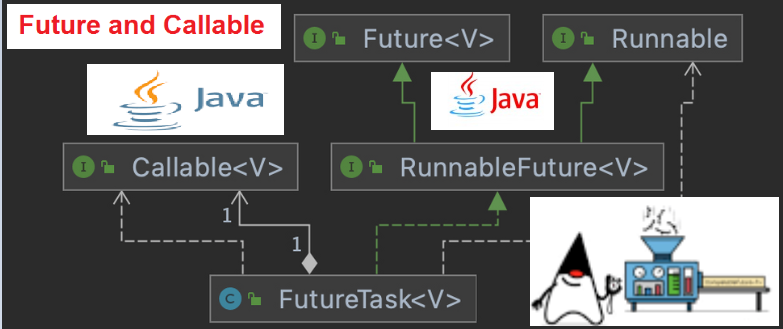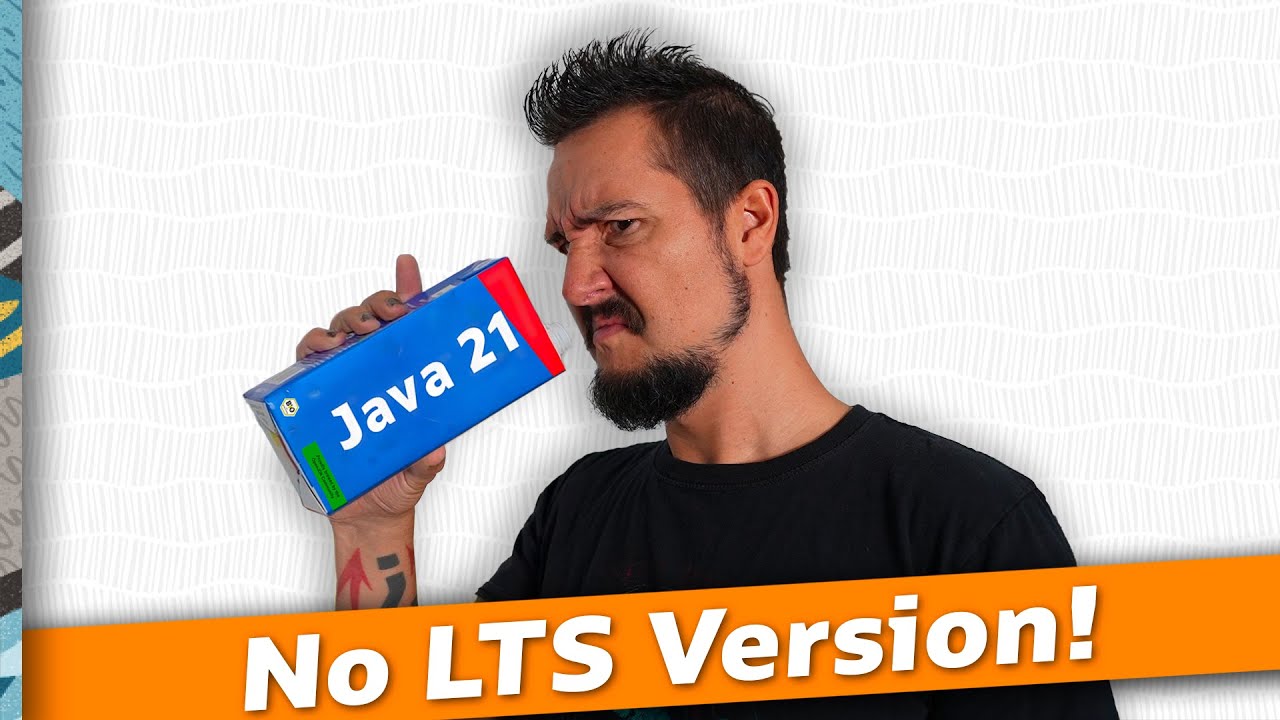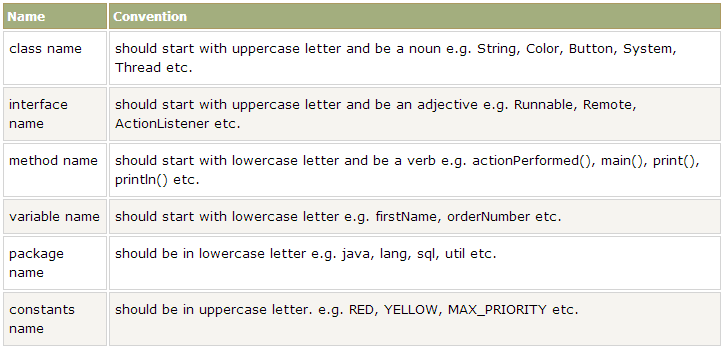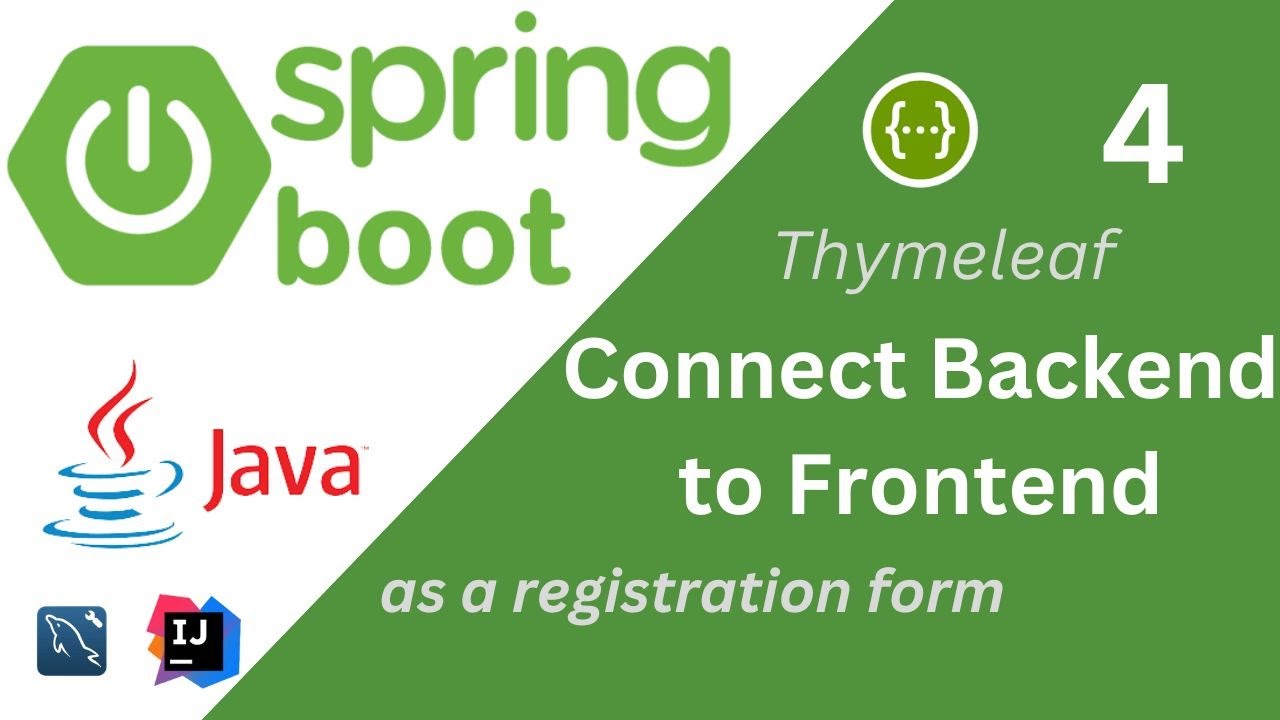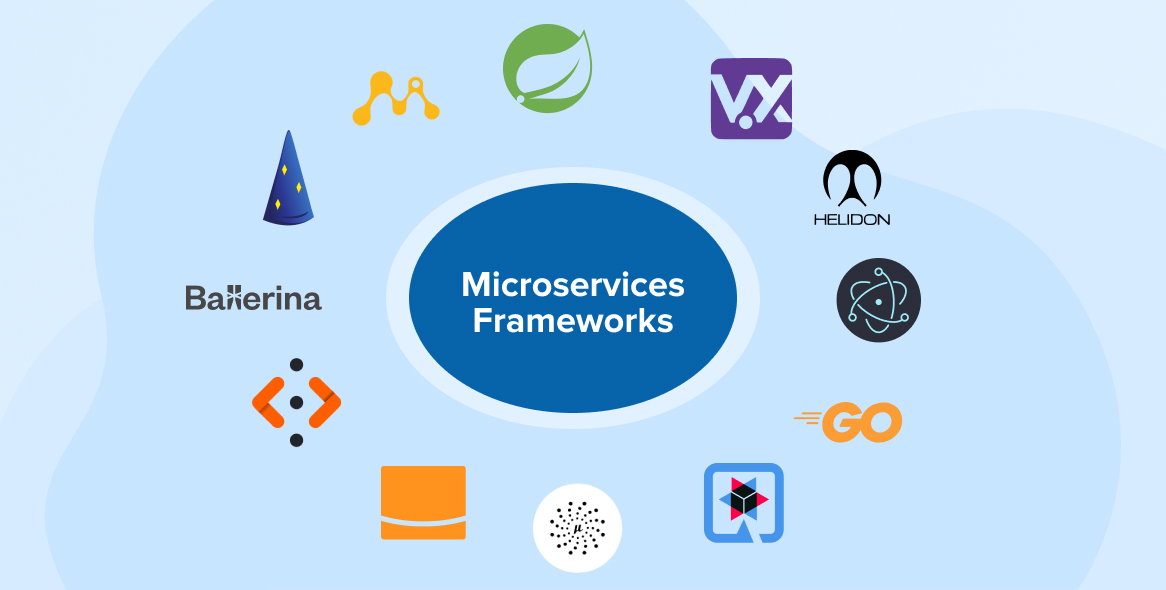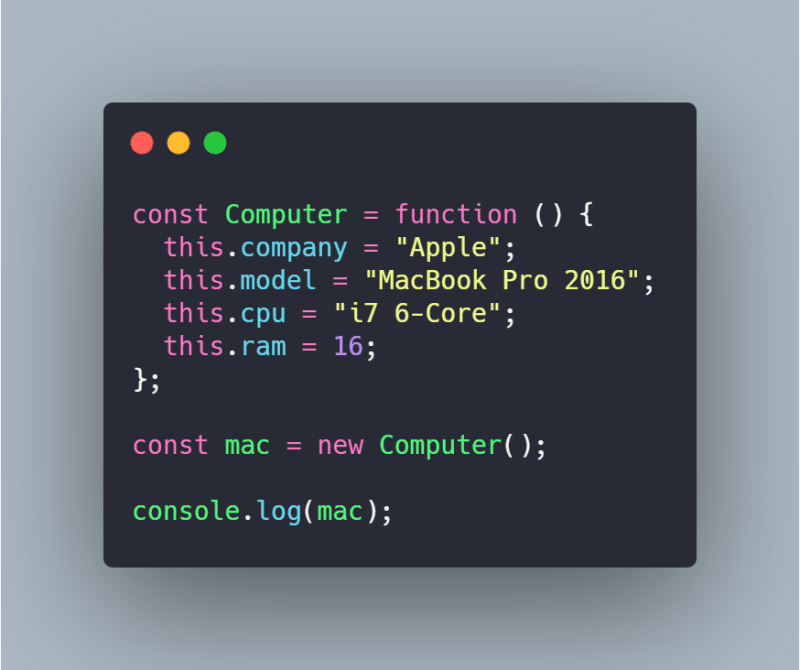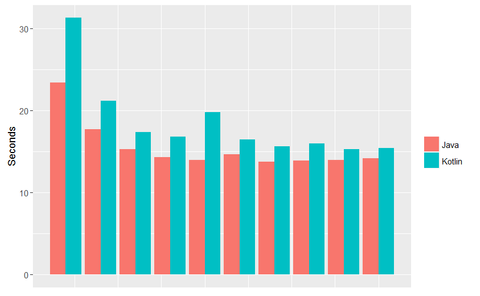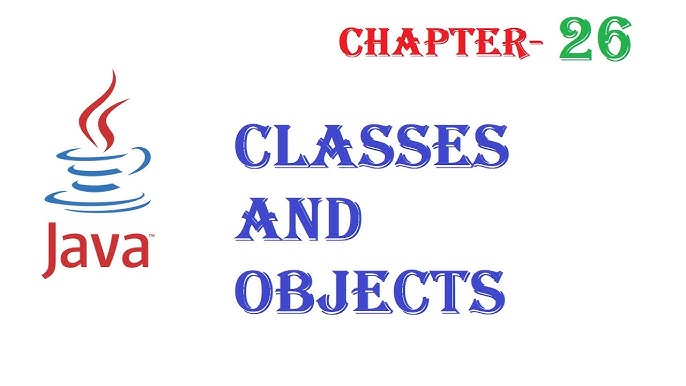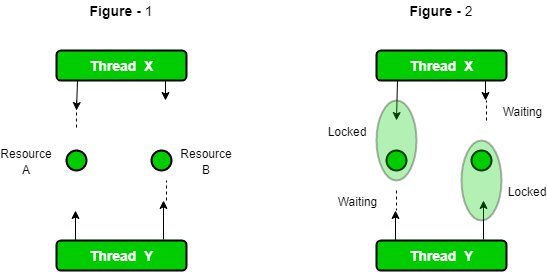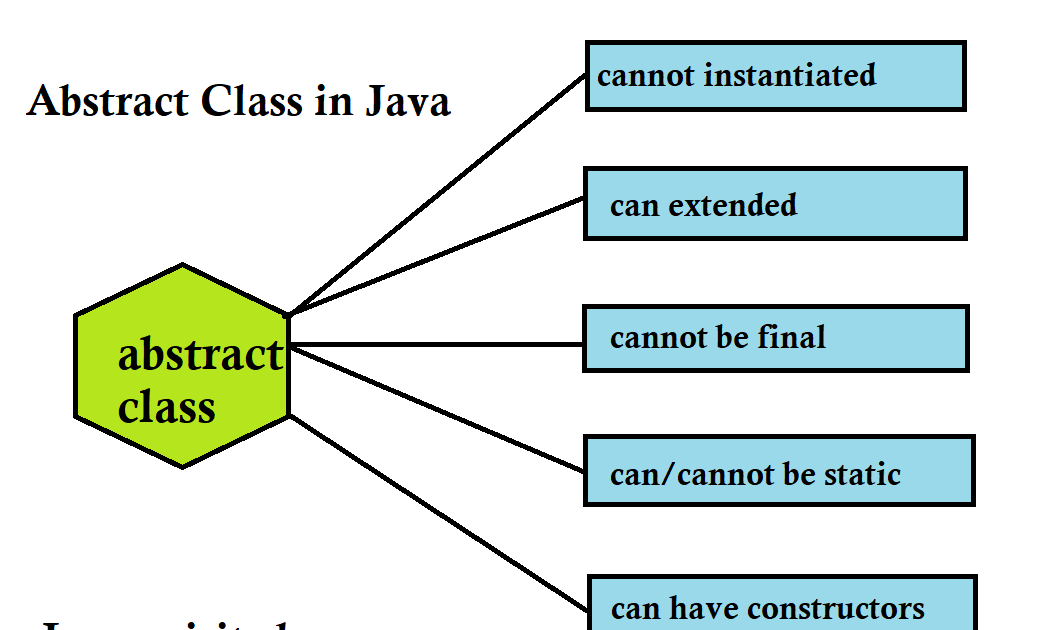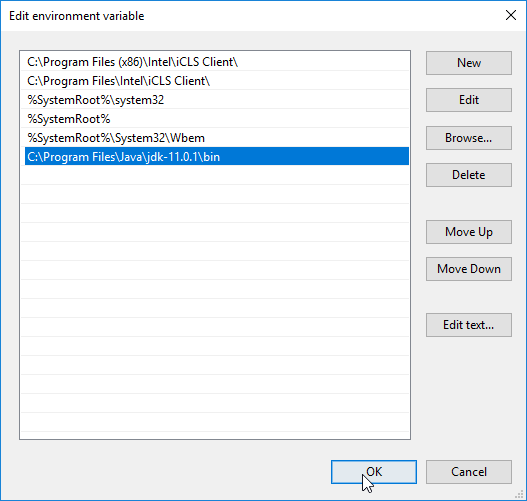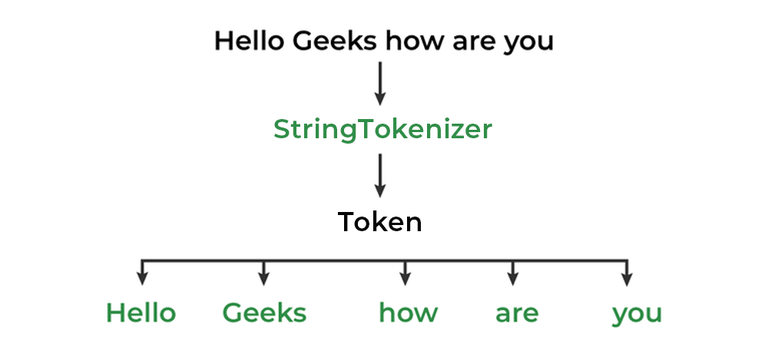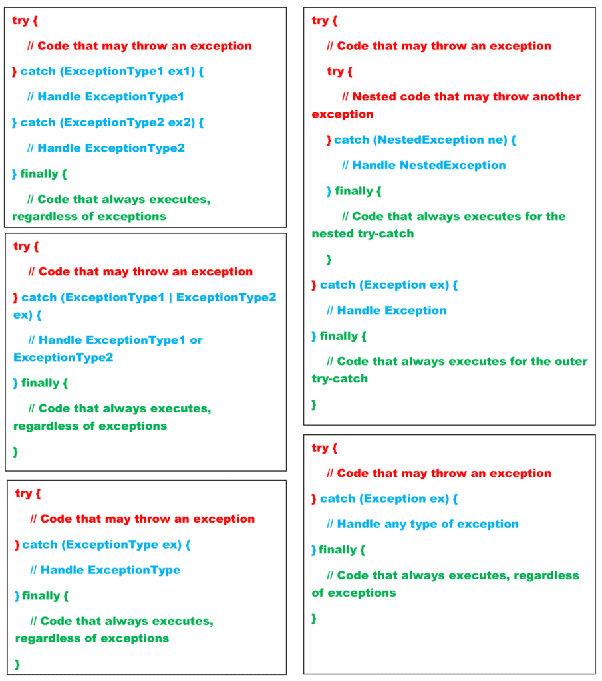Java abstraction geeksforgeeks
Java abstraction geeksforgeeks
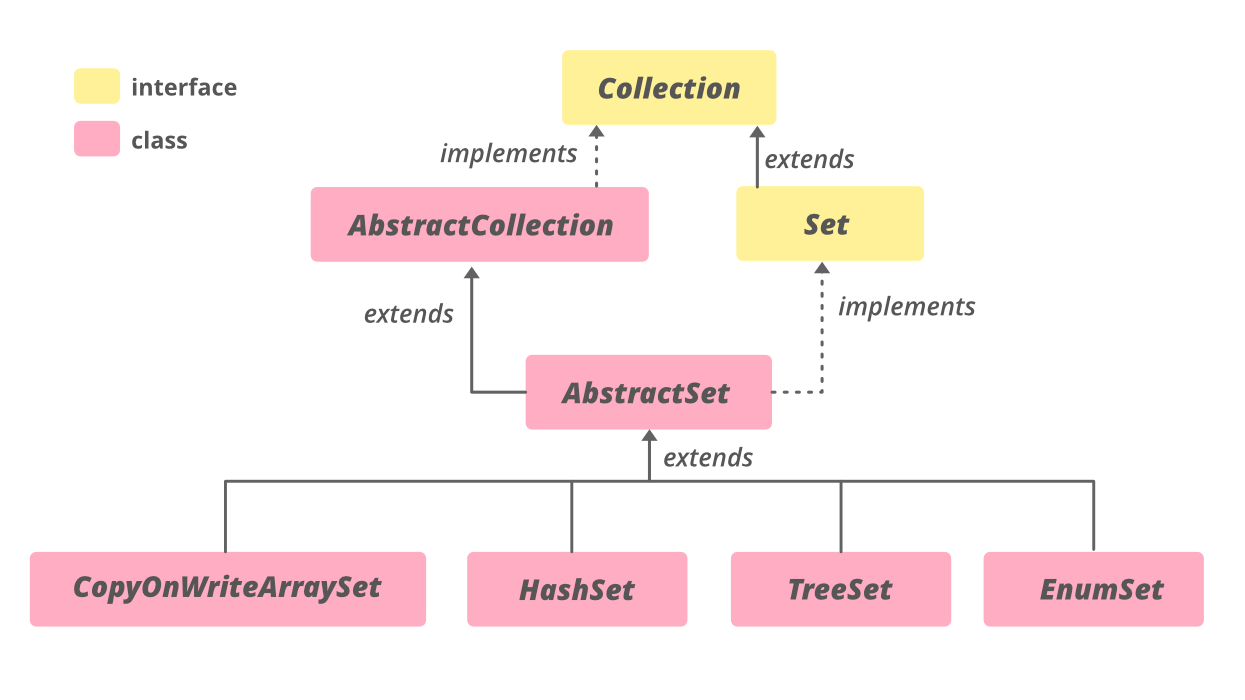
I'd be happy to explain abstract classes and interfaces in the context of Java programming!
In object-oriented programming (OOP), abstract classes are a fundamental concept that allows developers to define a blueprint or template for other classes to follow. An abstract class is a class that cannot be instantiated on its own, but it provides a foundation for other classes to build upon.
Abstract classes can contain both abstract and concrete methods. Abstract methods are declared without an implementation, whereas concrete methods have an actual implementation. When you inherit from an abstract class, you must provide an implementation for the abstract methods or declare them as abstract in your own subclass.
Here's an example of how you might use abstract classes in Java:
public abstract class Vehicle {
public abstract void move();
}
public class Car extends Vehicle {
@Override
public void move() {
System.out.println("The car is moving");
}
}
public class Bike extends Vehicle {
@Override
public void move() {
System.out.println("The bike is moving");
}
}
In this example, the Vehicle abstract class defines an abstract method called move(). The Car and Bike classes both extend the Vehicle abstract class and provide their own implementation of the move() method.
Interfaces in Java are similar to abstract classes, but with some key differences. An interface is a contract that specifies a set of methods that must be implemented by any class that implements it. Unlike abstract classes, interfaces cannot contain concrete methods or variables, only abstract methods (or constants).
Here's an example of how you might use interfaces in Java:
public interface Movable {
void move();
}
public class Car implements Movable {
@Override
public void move() {
System.out.println("The car is moving");
}
}
public class Bike implements Movable {
@Override
public void move() {
System.out.println("The bike is moving");
}
}
In this example, the Movable interface defines an abstract method called move(). The Car and Bike classes both implement the Movable interface and provide their own implementation of the move() method.
So, to summarize: abstract classes are a way to define a blueprint or template for other classes to follow, while interfaces specify a contract that must be implemented by any class that implements it. Both can help you create reusable code and promote encapsulation and polymorphism in your Java programs!
interface in java
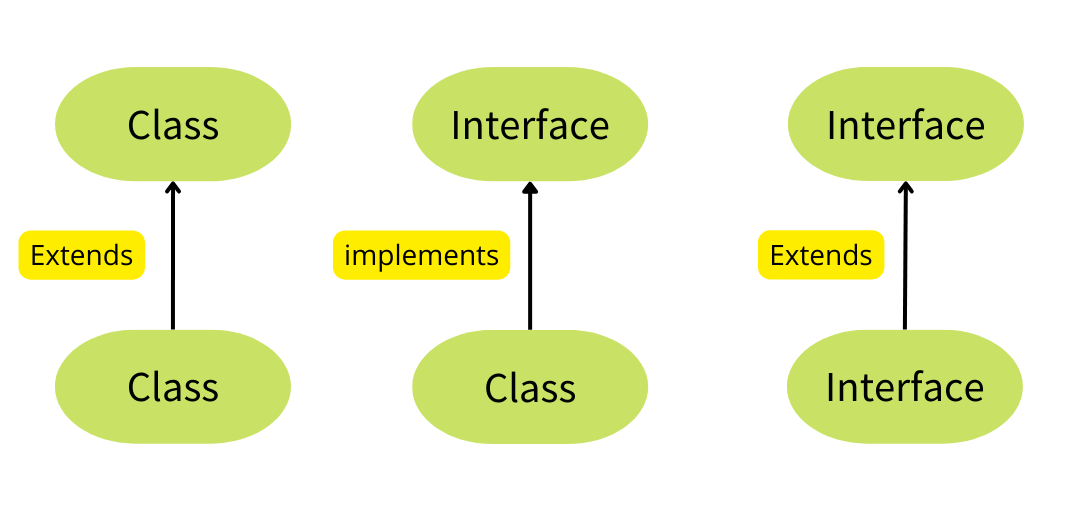
Here's a comprehensive response in English:
Java Interface for Responding to User Queries
In order to develop an effective interface in Java that can respond to user queries, we need to create a simple command-line based system. This system will allow users to input their queries, and the program will respond accordingly.
Requirements:
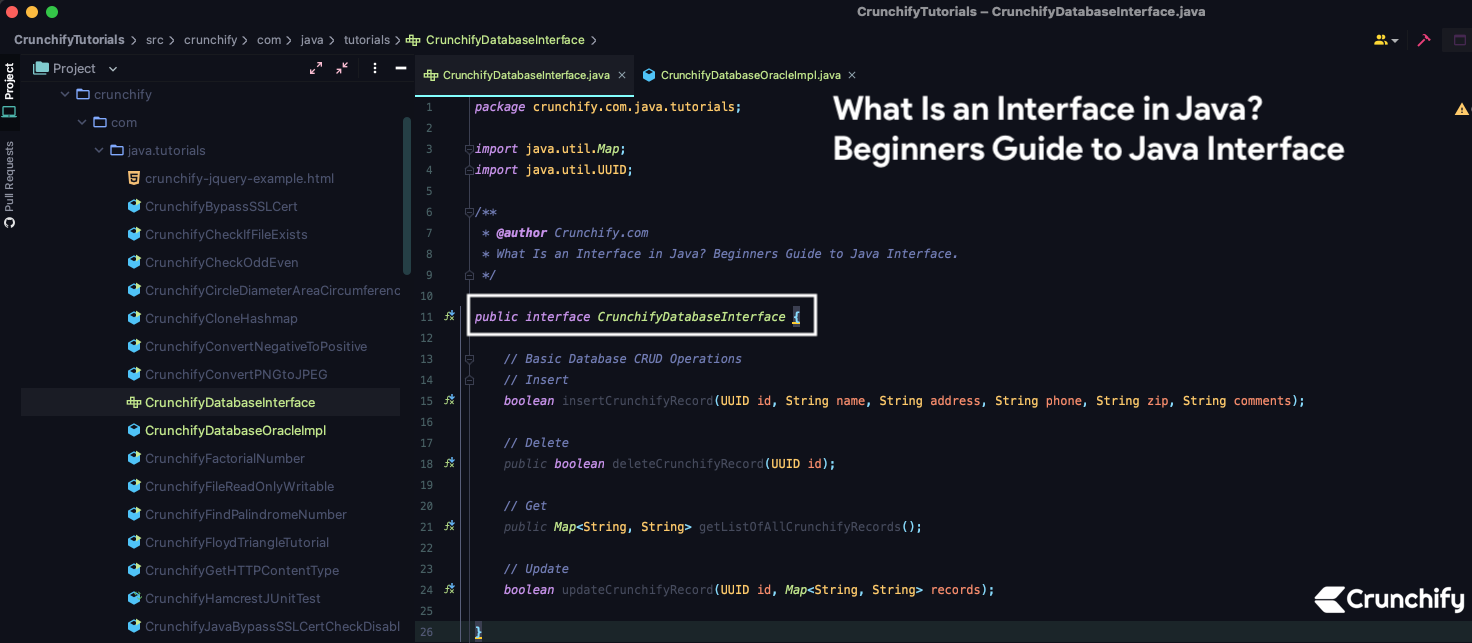
QueryResponse class that represents the core logic of responding to user queries. Develop an interface UserInterface that provides methods for handling user input (e.g., reading from standard input) and displaying responses (e.g., writing to standard output). Implement the QueryResponse class using Java's built-in Scanner and PrintStream classes.
Java Code:
import java.util.Scanner;import java.io.PrintStream;
public class QueryResponse {
public static void respondToQuery(String query) {
// Preprocess the query (e.g., convert to lowercase)
String processedQuery = query.toLowerCase();
// Check if the query is a simple question
if (processedQuery.contains("what") || processedQuery.contains("who") || processedQuery.contains("why")) {
// Provide a basic response
System.out.println("That's a great question!");
} else {
// Check if the query is related to a specific topic (e.g., technology)
if (processedQuery.contains("java") || processedQuery.contains("programming")) {
// Provide an expert-level response
System.out.println("That's a complex topic. I can provide more detailed information.");
} else {
// Otherwise, provide a generic response
System.out.println("I'm not sure about that. Can you please rephrase?");
}
}
}
public static void main(String[] args) {
Scanner scanner = new Scanner(System.in);
PrintStream printStream = System.out;
while (true) {
System.out.print("Enter your query: ");
String query = scanner.nextLine();
respondToQuery(query);
if (query.equalsIgnoreCase("exit")) {
break;
}
}
scanner.close();
}
}
How it Works:
TheQueryResponse class provides a respondToQuery method that takes a user-input query as a string. The method preprocesses the query by converting it to lowercase using the toLowerCase() method. It then checks if the query contains specific keywords (e.g., "what", "who", "why") and responds accordingly with a simple response message. If the query is not a simple question, the method checks if it's related to a specific topic (e.g., technology) using the contains() method. Based on the topic, the method provides an expert-level or generic response using the PrintStream class. The program then enters a loop where it continually prompts the user for input and responds accordingly until the user inputs "exit".
This basic interface can be expanded upon to include more advanced features such as:
Handling multiple topics or domains Providing more detailed responses based on the query's content Integrating with external knowledge sources (e.g., databases, APIs) Supporting natural language processing (NLP) techniquesI hope this response meets your requirements!
